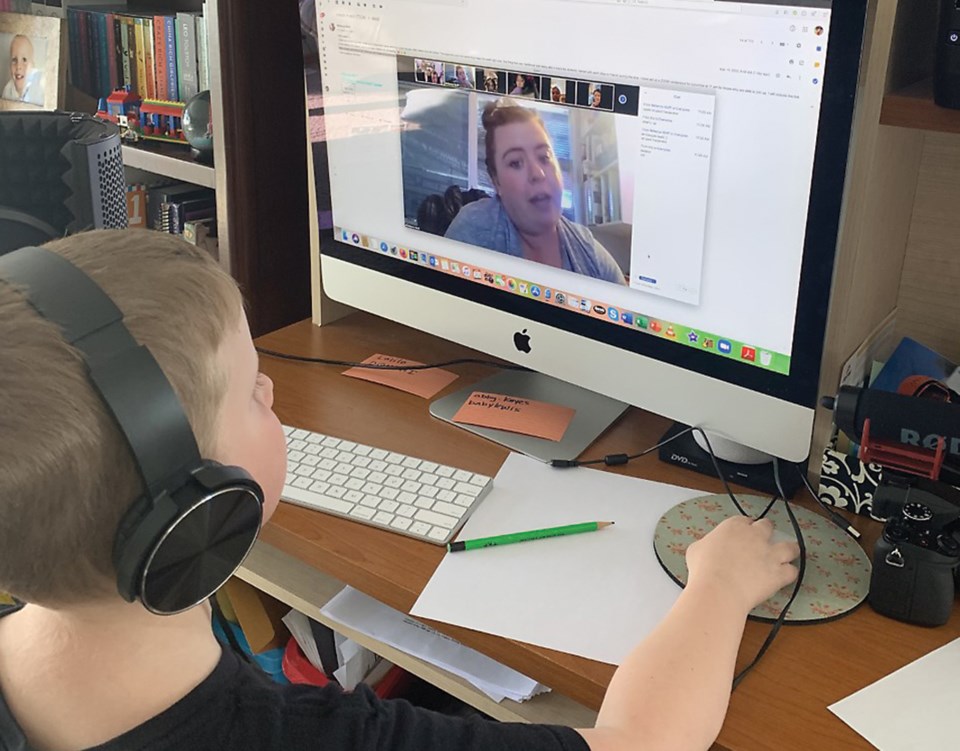WESTLOCK - With schools and daycares closed since March 16, kids are spending an unusual amount of time at home practicing social distancing, which meant an abrupt reorganization of daily routines for most families.
“It’s very, very hard to home school, emotionally and psychologically. There is a reason many of us moms and dads choose to send our children to public schools. I would say 50 per cent of their learning is academic and 50 per cent social. Being isolated indefinitely is like a sick social experiment,” said Abby Keyes.
She has two boys, one in Kindergarten at St. Mary School and another in Grade 2 French Immersion at Westlock Elementary School.
“The good news in all of this is we have limitless resources available to teach our kids at home. There’s Lalilo for French language learning, Prodigy for Math, Xtramath, Khan Academy, endless apps and YouTube videos to supplement learning,” she said.
Teaching is slated to get going virtually (for most) via their schools March 30 so the parent-as-educator won’t have to continue, but it’s distressing to parents like Keyes not to have a timeline for when their kids will physically be back in school.
“It is extremely discouraging and depressing to hear the 12 to 18-month projection. A teacher friend, who has close friends teaching in China, told me that they are going back to school.”
Social distancing means parents have to come up with alternatives for their kids’ usual time spent socializing with friends or doing extracurricular activities.
“My five-year old keeps hounding me when he can have a play date. I don’t have an answer for him. We have been FaceTiming cousins and friends. But for kids who like to wrestle and hug, I feel like their social needs are not being fully met,” said Keyes.
In agreement with Alberta Health Services recommendations, the Keyes family tries to leave the house twice a day — there are alternatives, but few outside of parks, still within the social distancing two-metre norm.
“With gas being so cheap, we have visited playgrounds in neighbouring communities as well, venturing one day as far as Fort Saskatchewan to a park.”
One thing Keyes is attuned to is the fact that she has a working spouse, meaning the family can auspiciously “tag-team” childcare.
“It’s hard when as a community we can’t physically offer help to others when it comes to caring for children. I feel guilty just thinking about having a babysitter come over for a bit.”
While kids in older grades can remain at home by themselves with no need for parental supervision, some families have had to reshape daily rhythms and routines to accommodate for continuous childcare. In cases when working from home is a possibility, this is somewhat achievable.



